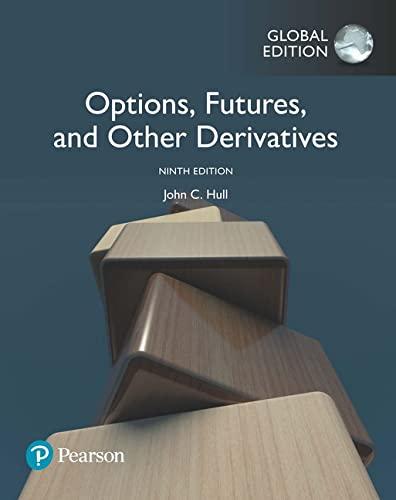Question
1.The following production data were taken from the records of the Finishing Department for July: Inventory in process, June 1, 30% completed 5,000 units Transferred
1.The following production data were taken from the records of the Finishing Department for July: Inventory in process, June 1, 30% completed 5,000 units Transferred to finished goods during June 39,500 units Ending work in process during June 25%, completed 4,500 units Determine the total equivalent units for conversion costs, assuming that the first-in, first-out method is used to cost inventories. Assume that all direct materials are placed in process at the beginning of production.
2. Department A had no work in process at the beginning of the period, 16,000 units were started during the period, 2,000 units were 40% completed at the end of the period, and the following manufacturing costs were debited to the departmental work in process account during the period (assuming the company uses FIFO):
| Direct materials | $100,000 |
| Direct labor | 122,300 |
| Factory overhead | 45,200 |
Assuming that all direct materials are placed in process at the beginning of production, what are the total equivalent units for conversion costs?
3.
Carmel Company manufactures a single product by a continuous process, involving the production departments. The records indicate that direct materials, direct labor, and applied factory overhead for Department 1 were $160,000, $125,000, and $150,000, respectively. The records further indicate that direct materials, direct labor, and applied factory overhead for Department 2 were $40,000, $60,000, and $70,000, respectively. In addition, work in process at the beginning of the period for Department 1 totaled $75,000, and work in process at the end of the period totaled $60,000.
The journal entry to record the flow of costs into Department 2 during the period for direct materials is
4.
Conversion cost per equivalent unit is
a. total equivalent units of conversion costs for the period divided by total conversion costs for the period.
b. total conversion costs for the period divided by total equivalent units of direct materials cost for the period.
c. total conversion costs for the period divided by total equivalent units of conversion costs for the period.
d. total direct materials cost for the period divided by total equivalent units of conversion costs for the period.
Step by Step Solution
There are 3 Steps involved in it
Step: 1

Get Instant Access to Expert-Tailored Solutions
See step-by-step solutions with expert insights and AI powered tools for academic success
Step: 2

Step: 3

Ace Your Homework with AI
Get the answers you need in no time with our AI-driven, step-by-step assistance
Get Started


